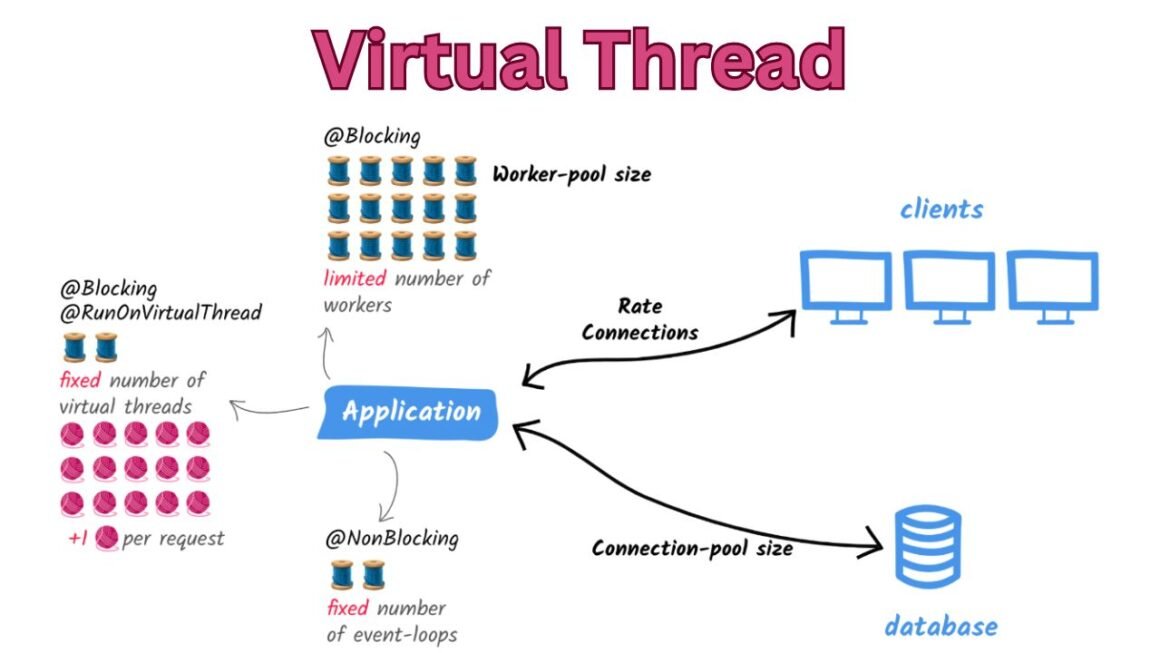Everybody uses a browser for a different reason; some use it for amusement, some for study, and some to find answers to questions. That being said, have there ever been times when you are unable to access websites without experiencing lag? The most likely cause of the problem might perhaps be related to DNS resolution, which is the procedure by which an IP address that a computer can use to visit a website is translated from your domain. However, you don’t need to worry about this since we’ve got you covered with chrome //net-internals/#dns mobile for troubleshooting and solving the same issues. Consequently, to ensure you get all the information you need, scroll down and read carefully.
Known About chrome //net-internals/#dns mobile
chrome //net-internals/#dns mobile is a cutting-edge tool created specifically to help browser users comprehend the process of resolving domain names. In addition to a vast array of data, the tool offers a variety of capabilities, including DNS resolver cache, DNS request-response, and more. You may load Net Log from previous dates, debug, and obtain real-time logs by using this utility effectively. therefore making it possible for you to comprehend any problems your browser may be having or how to make it work better.
Features of using chrome //net-internals/#dns mobile
chrome //net-internals/#dns mobile has many amazing features; here are just a few of the more notable ones. Users are able to maximize the functionality and user experience of this tool by means of these features.
- DNS Prefetching: By preloading the DNS records for website URLs, this technology helps Google Chrome load web pages more quickly. This will help your browser load pages faster, but it could also cause more DNS requests to be sent, which could slow down your network.
- DNS Lookup: One of the primary functions of chrome //net-internals/#dns mobile is the ability to query any given domain and receive the appropriate result for that IP address. When debugging the server, the DNS Lookup tool might be helpful.
- DNS Resolver cache: The time-to-live (TTL) values and cached DNS entries are listed in the DNS Resolver cache. For users, this may be quite helpful in figuring out whether to refresh the DNS cache or even which domain will be resolved.
- Sockets: You may learn about any open network sockets and their status by using this feature. In addition, you are able to view the host and proxy resolver rules that are employed in the mapping of host names to IP addresses.
Chrome : Process to Use chrome //net-internals/#dns
If you use the Chrome browser, you have the ability to utilize Chrome//net-internals/#dns on any device that supports it. You may simply use this program on any device—Windows, macOS, or even Linux—by following these recommended instructions.
- First, on any device of your choosing, launch the Chrome browser.
- You must type chrome //net-internals/#dns mobile into the address bar of the dashboard that appears when you first launch the browser.
- You must hit the Clear Host Cache button that appears on the screen as soon as you reach the new page.
- To proceed, you must restart your computer, navigate to Chrome’s socket section, and select “Flush Socket Pools.”
- You will be able to effectively clear your DNS cache using this method on the Chrome browser on the device of your choice.
Mobile : Process to Use chrome//net-internals/#dns
You may be concerned about your mobile device’s ability to clean its DNS cache after reading the item above. Don’t worry, though, since we’ve included instructions below on how to clear your Chrome browser’s //net-internals/#dns on a mobile device as well.
- The first thing you should do on any of your mobile devices—i.e., Android, iOS, etc.—is tap open the Chrome browser.
- You must press the “More” option that appears in the upper right corner of the screen as soon as your device’s browser opens.
- You must choose your timeline or period by clicking on the “History” option from the drop-down menu.
- You may tap on the available “All Time” option if you wish to delete all of the data at once.
- Examine the boxes next to “Cached images and files” and “Cookies and site data.”
- To finish the chrome //net-internals/#dns mobile procedure, use the “Clear Data” option located at the bottom of the screen.
When is it appropriate to delete Chrome’s DNS cache?
Here are four scenarios in which you should use Chrome to clean your DNS cache:chrome//net-internals/#dns:
- When the Websites are taking a very long time to load or are not loading at all.
- The pages in your browser don’t appear properly or have missing material.
- DNS related error messages like “DNS PROBE FINISHED NXDOMAIN” and “ERR NAME NOT RESOLVED” are displayed to you.
- You can’t use some websites or online services.
- Read More: Shopsy | Latest Updates on Free Fire India launch date
Advantage of Using chrome //net-internals/#dns mobile
Using chrome //net-internals/#dns mobile not only allows you to clean your DNS cache but also unlocks a number of other advantages. And we’ve highlighted those special advantages here to help you comprehend them.
- Simple Process: There is no need for you to undertake a complicated procedure to clean your Chrome browser’s cache at //net-internals/#dns. The methods are really straightforward and simple to follow.
- Quite helpful: Cleaning the cache on your browser will do more for you than just enhance its performance. However, it also assists you in resolving a number of problems that your browser is encountering.
- No Need for Extra Software: Since the tool is integrated within Chrome, you won’t need to download any other program in order to use it.
Conclusion
In conclusion, Chrome Net Internal DNS is a very helpful feature that we have discussed in this blog post at chrome //net-internals/#dns mobile . By using this tool correctly, you may solve various DNS resolution problems and advance the process of enhancing the functionality of your browser. Since everyone may benefit greatly from this instrument, we have covered and clarified it in great depth. After reading this blog, you will have a better understanding of the features and how to utilize them for yourself.
FAQs about DNS Cache
Is DNS cache clearing okay?
In general, clearing the DNS cache is safe. One typical troubleshooting approach that might fix problems loading webpages is to clear the DNS cache.
How can the DNS resolver cache be cleared?
To empty the DNS resolver cache, execute ‘ipconfig /flushdns’ in Command Prompt. Most operating systems’ DNS cache will be cleared as a result.
Is deleting the resolver cache and DNS cache the same thing?
Yes, cleaning the DNS cache and clearing the resolver cache are almost the same thing. They both involve deleting DNS lookup data that has been saved and is utilized by the operating system’s DNS resolver to easily translate domain names into IP addresses.



